Discover Healing Benefits of Massage for New Moms
The Role of Massage and Recovery in Postnatal Fitness
Welcoming a new baby transforms your body and life. As a new mother, you face significant physical and emotional challenges. Prioritizing postnatal fitness enhances your overall well-being. Massage and recovery play crucial roles in this journey. Let’s explore how these practices improve your postnatal fitness experience.
Understanding Postnatal Recovery
Postnatal recovery involves physical, emotional, and mental healing. After childbirth, your body needs time to adjust. Hormonal changes can affect your mood and energy. Understanding recovery’s importance is vital during this period. New mothers often juggle newborn demands, recovery, and sleep deprivation. Thus, prioritizing self-care and recovery strategies becomes essential.
Massage therapy proves to be an effective recovery strategy. It reduces stress, alleviates tension, and improves circulation. Additionally, it promotes relaxation, crucial for new mothers. Incorporating massage into your routine offers physical relief and emotional support.
Types of Massage for New Moms
Several types of massage benefit new mothers. Here are three popular options:
1. **Postnatal Massage**: This specialized massage targets areas affected by pregnancy and childbirth. It alleviates tension in the back, neck, and shoulders. Additionally, it aids in healing abdominal muscles stretched during pregnancy.
2. **Swedish Massage**: This gentle technique promotes relaxation and improves circulation. Long, flowing strokes help reduce stress and foster well-being. For new moms, it offers essential respite amid parenting chaos.
3. **Deep Tissue Massage**: This option addresses deep-seated muscle tension. It targets specific tight areas and benefits sore muscles after childbirth. Though intense, deep tissue massage effectively relieves chronic pain and postpartum tension.
When to Start Massage Therapy
Timing is crucial for massage therapy. Experts recommend waiting at least six weeks after childbirth for your first session. This waiting period allows your body to heal and adapt. Each woman’s recovery varies, influenced by delivery type (vaginal vs. cesarean). Always consult your healthcare provider before starting any new therapy.
Once you receive approval, schedule regular sessions. Consistency is key; aim for at least one session per month to maintain your physical and emotional well-being.
Conclusion
Massage and recovery significantly enhance postnatal fitness. Prioritize these practices to support your healing journey.
Below are related products based on this post:
FAQ
What is postnatal recovery and why is it important?
Postnatal recovery involves the physical, emotional, and mental healing that a mother undergoes after childbirth. It is important because the body needs time to adjust to hormonal changes, and new mothers face significant challenges such as juggling newborn demands and sleep deprivation. Prioritizing self-care and recovery strategies is essential for overall well-being during this period.
What types of massage are beneficial for new mothers?
Several types of massage can benefit new mothers, including postnatal massage, Swedish massage, and deep tissue massage. Postnatal massage targets areas affected by pregnancy and childbirth, Swedish massage promotes relaxation and circulation, and deep tissue massage addresses deep-seated muscle tension and soreness following childbirth.
When is it safe to start massage therapy after giving birth?
Experts recommend waiting at least six weeks after childbirth to begin massage therapy. This waiting period allows your body to heal and adapt. It is crucial to consult your healthcare provider before starting any new therapy, as recovery times can vary based on the type of delivery.
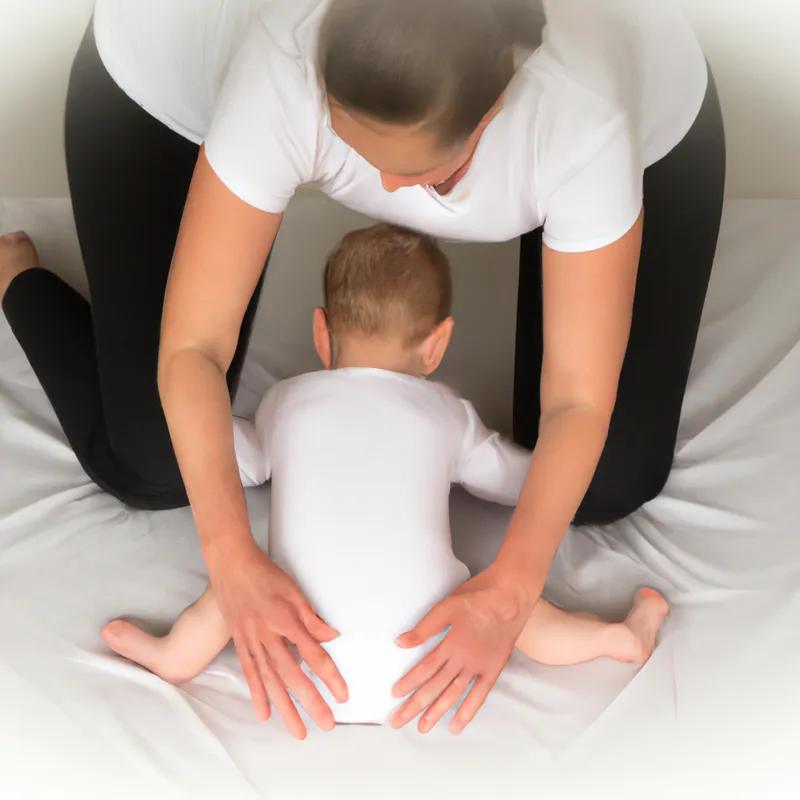









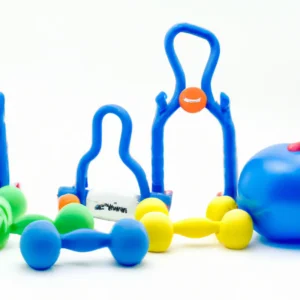
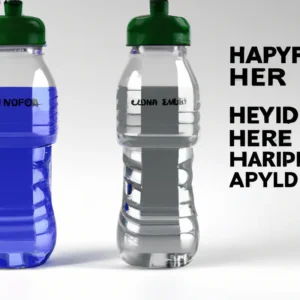
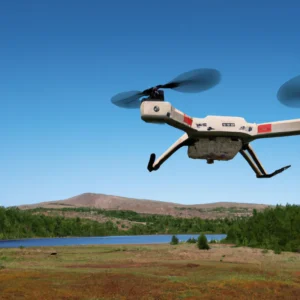
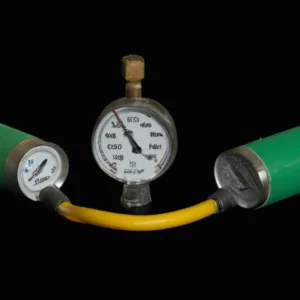
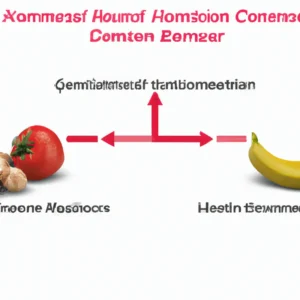
Post Comment